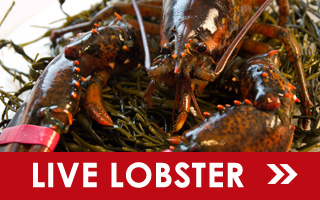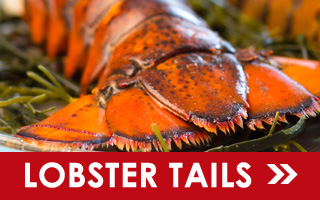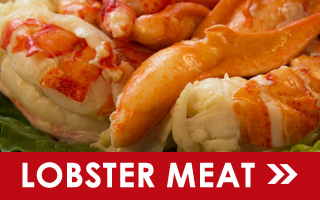From a lobster bisque appetizer to a seafood crème brûlée dessert, shellfish can be a delectable star of any dish. But not all shellfish are the same. In fact, there are two main categories of shellfish: crustaceans and mollusks. Here we explain the main differences between these two types of shellfish to help you better craft tasty shellfish treats.
What are crustaceans?
There are roughly 35,000 species of crustaceans on this planet. But what makes them all fall under the same category? Two factors: their limbs and how they develop. While the name “crustacean” refers to shellfish with hard crusts or shells, not all crustaceans have this feature. What they do all have are split limbs or appendages. They also all develop from larvae.
Some examples of crustaceans include the following:
- Lobsters
- Crab
- Shrimp
- Prawns
- Crayfish
- Krill
- Barnacles
What are mollusks?
Also spelled “molluscs,” there are around 100,000 species of mollusks on this planet. That makes them the second largest and most diverse group of species in the world! While mollusks can vary greatly, most can live in both the land and sea. They also have soft, segmented bodies as well as a mantle—a thick outer wall that covers their internal organs.
Below are a few examples of mollusks in our world:
- Snails
- Slugs
- Scallops
- Clams
- Octopuses
- Cuttlefish
- Oysters
Understanding the differences between mollusks and crustaceans can help you better prepare recipes. They can also help if you have anyone with a shellfish allergy in your home, as some people can be allergic to one type of shellfish but not the other. At Cape Porpoise Lobster Co., we carry various types of shellfish, all harvested from our local Maine waters. To learn more, contact us today.





